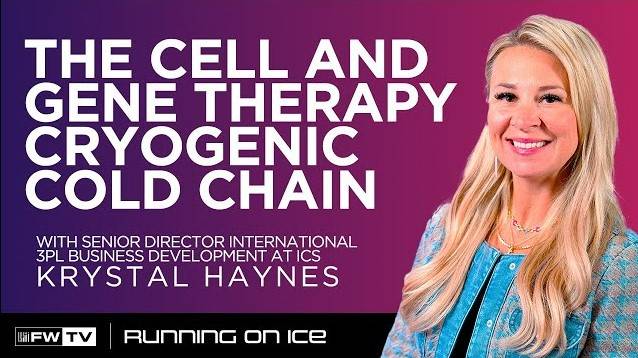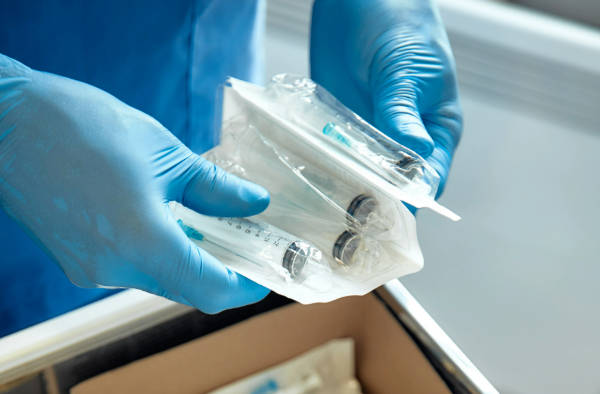Where next for pharmaceutical serialization?
What is FMD?
The Falsified Medicines Directive (FMD) came into effect on 9th February 2019. Since then, prescription medicines placed on the EU market need to carry a unique identifier (UI) and anti-tampering device (ATD) and are to be listed in the repository system (which has a European hub and is linked to national databases).
Marketing authorisation holders, manufacturers, wholesalers and those supplying medicines to the public now need to scan medicines at each end of the supply chain to introduce them into the repository, then verify their authenticity and decommission them from the national database at the time of dispense.
The objective of the Directive is to address falsification and protect the legal supply of medicines. This is achieved through traceability, enabled by pharmaceutical serialisation. As well as preventing falsification, traceability can bring wider benefits. Here, we’re looking beyond the immediate challenges of implementation and compliance and considering how the new systems and processes can impact future developments.

Future evolution of the regulations

The EU FMD applies a ‘book-end’ approach; serialisation codes that have been uploaded to the repository at the manufacturing stage are verified against the same repository at the point of dispensing and ‘decommissioned’ (de-activated in the repository) when dispensed.
In the future it is possible that regulations will require verification at intermediate points in the supply chain, in order to give full end-to-end traceability or ‘track and trace’. This would follow the approach adopted in the USA, where the entire supply chain is expected to be electronically integrated with full unit level traceability by the end of 2023. These additional checks would affect supply chain providers such as wholesale operators, adding more time and cost to the supply chain process. Regulators and providers therefore need to work together to adopt processes that enhance supply chain efficiency and patient safety at the same time.

Benefits of pharmaceutical serialisation
If you’re involved in supply chain planning and inventory optimisation then having full visibility of your transactional data and unit-level traceability throughout your supply chain is a crucially important tool. Contract logistics providers, such as Alloga, already provide full visibility of product and inventory data via specially developed systems. The resulting increase in granularity (such as product tracking at saleable unit level) helps pharmaceutical manufacturer even more to manage their supply chain.
As more markets join the drive towards serialisation and traceability, the burdens of compliance can start to be offset by the benefits of traceability on a worldwide scale. As well as the EU and USA regulations, serialisation initiatives are underway or planned in Brazil, Russia, Turkey, India, China and South Korea, amongst others.
Businesses exporting from Europe to countries where track and trace capability is mandatory also need to consider compliance with serialisation regulations in the destination markets. It is essential that the solutions developed for generating and uploading serial numbers, label printing and application of labels, as well as subsequent activity to manage verification and decommissioning, accommodate these aspects.
Aggregation and consolidation
So far, the challenges and benefits of serialisation are focused towards manufacturers and suppliers. But serialisation also places a compliance burden at the other end of the supply chain, on pharmacies and hospitals for example. Fortunately help is at hand to reduce the compliance hurdle through aggregation and/or consolidation.
Initially considered for inclusion under the EU Directive, aggregation (the process of building a hierarchical relationship for example from a serial number on a pallet, to those on the shipper cases loaded on it and to the saleable units contained in the cases) is currently not mandatory. However some manufacturers have already built aggregation capability to future-proof against regulatory changes (as already live in some other non-EU markets). Although it’s technically complex, aggregation can facilitate and speed up handling processes at every stage of the supply chain by avoiding the need to break down packs for the purpose of verifying individual units.
Such techniques, or a simpler consolidation when assembling orders, can be used to facilitate verification and decommissioning activity at or prior to dispensing to the patient. For example in a hospital pharmacy setting, by avoiding the requirement to scan every pack. A solution like this must include secure methods of handling and transmitting consolidated data in order to maintain the anti-counterfeiting measures, but Alloga and other providers are already in the process of developing solutions to aid hospitals by transmitting consolidated serial numbers in a secure way.
Seizing the opportunity
Serialisation can be seen as an opportunity rather than a regulatory hurdle to be overcome. It not only brings significant benefits in patient safety by preventing falsification, but can act as a wider enabler to achieving improved control and efficiencies in the supply chain.
As serialisation is rolled out, manufacturers - working with innovative logistics providers - will be able to leverage the benefits of more detailed data visibility for inventory optimisation, whilst healthcare organisations involved in dispensing to patients will benefit from assistance in managing the new processes required which ultimately assure safety for the patient.




